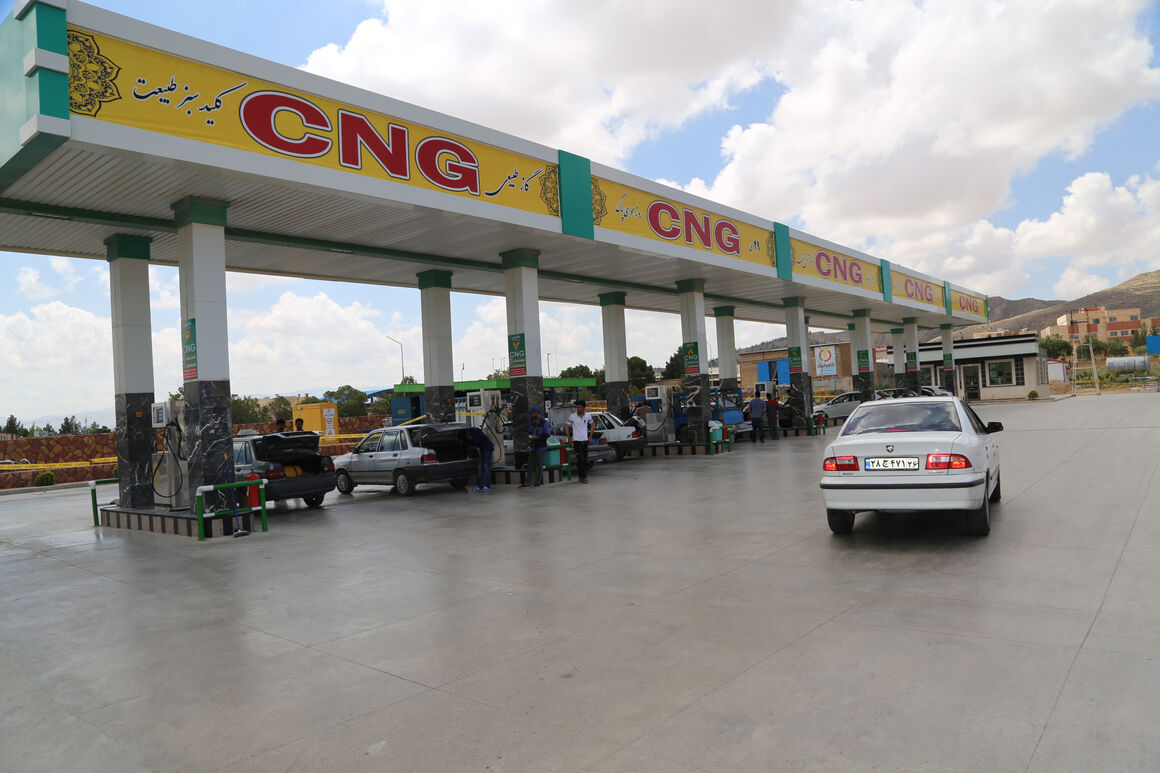Saeid Rahman-Salarai emphasized that in more than two decades of CNG station operations, no more than 6% of stations have ever been out of service.
He attributed the temporary closures to legal issues involving some station owners, routine maintenance, obtaining inspection certifications from the National Standards Organization, or municipalities not utilizing certain stations, such as those built for city buses.
Rahman-Slarai clarified that, aside from these cases, there have been no planned shutdowns of fuel stations, and all station operators have kept their facilities operational despite financial challenges.
Addressing station commission rates, Rahman-Salarai noted that the 1403 commission rates have already been approved, communicated, and implemented. He explained that the trade association is seeking a further increase in commission rates, and a proposed figure from the Cabinet has been referred to the government’s economic commission for expert review.
Rahmansalarai also highlighted that intermittent power outages and, in some cases, gas supply issues have temporarily disrupted operations at some stations over the past two months.
However, he stressed that this problem is not unique to CNG stations and affects all service and industrial sectors, adding that it should not fuel rumors of widespread station closures nationwide.
He identified inflation and the price gap between gasoline and CNG as the primary reasons for the decline in CNG consumption. To boost CNG usage, efforts are underway to restart a free vehicle conversion program and sign contracts with automakers to produce gas-powered vehicles.
Rahman-Salarai expressed hope that increasing the number of gas-powered vehicles, coupled with improved customer service at stations, would significantly reduce gasoline consumption in the country.
The official reported that daily CNG consumption in Iran stands at 19.2 million cubic meters, with the capacity to distribute over 40 million cubic meters daily across the country’s stations. He noted that increased demand could further elevate CNG’s share in the transportation fuel mix.


Your Comment